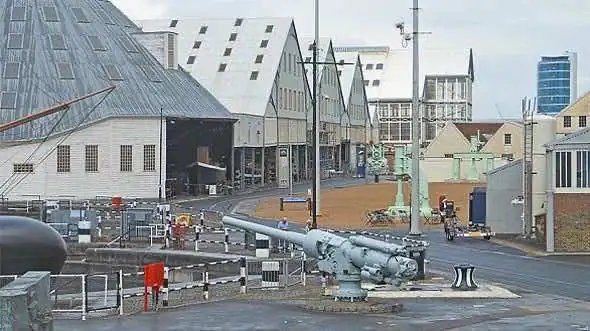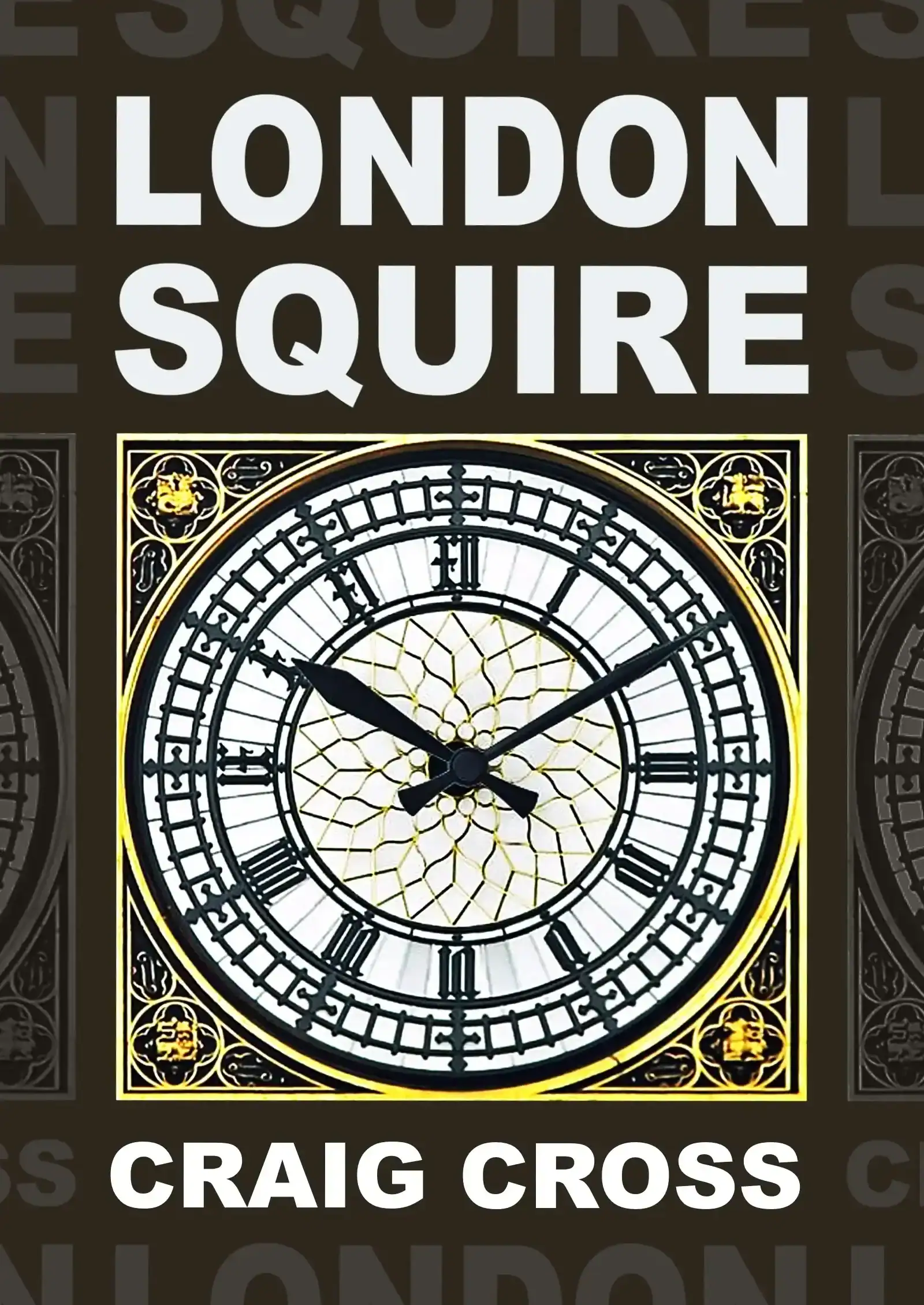
I hope the weather cheers up a bit because at the moment it’s in a worse mood than me. Our grey train is full of grey faces staring out of grey windows, all struggling to stay awake at 7.30 AM. Looking around my carriage I can see lots of half-closed eyes and goldfish mouths opening and closing, heads nodding and knocking on the window as the train sits motionless on the tracks.
Some kind of train traffic jam has bunged up the network and we’re going nowhere. Some people are flicking through their paperwork, others are playing with their noses and wondering whether they should catch up on a bit of work before they get to work, but then deciding nope… can’t be bothered. Can’t be arsed. They’ll just sit here and have a snooze instead. Which is what I am going to do.
I nearly didn’t bother getting off the train when I woke up in Chatham because we were drowning in a downpour… real end of the world kind of stuff. There was enough water coming out of the sky to fill up the sea. No wonder they chose to site the naval dockyards here. If you get caught in the rain then let me give you a piece of advice to save you some time: don’t bother visiting the town because it’s rubbish.
I don’t know if it got flattened during World War II, but I was expecting Chatham to be a timber town full of country pubs and flower baskets. Well it’s not like that at all – it’s full of tatty shops and office blocks. It’s the kind of place where the Pound Shops sell stuff for 50p. Every other shop has got a clearance sale and everybody seems to sporting a tracksuit, a tattoo or a limp.
Things get better as you approach the Medway. The river really widens out at this point and you’ve got broad flats of mud and sand, and seagulls squealing around the tops of the chimneys and cranes. After half-an-hour of walking I finally reached the dockyards. It was my first time in Chatham so I decided to walk it from the station, but in hindsight it’s probably better to catch the bus.
Once you step inside the docks and get your first whiff of wet wood you’ll be glad you came. It smells like the sea. They’ve still got all the old boat sheds and warehouses and the exhibits are housed inside those.
‘Hearts of Oak’ is like a walk-through movie… narrators are projected onto the wooden walls and lead you from scene to scene through full-sized streets and into the actual room where they designed HMS Victory. You’ll hear the sound of creaking planks, splintering planks, and a gun battle onboard the boat – great big booms and lightning flashes fill the sky. It’s all very atmospheric and a good introduction into how they built the boats.
After that you’ll step out into an open-air square and be surrounded by metal cranes and masts, brick chimneys and clock towers, and huge wooden warehouses filled with all kinds of ships. This is actually how I imagined Chatham town would be: straight from the pages of the early 18th-century. They’ve got a few costumed guides dressed up as old washerwomen and sooty-faced dockhands, and even the seagulls are chipping in with a few lines of their own, bringing the sounds of the sea to the sheds. If they had a Royal Navy guy taking names then I probably would have signed up for a stint there and then.
The No.1 Smithery is where they keep all the naval paintings and intricate little models of boats throughout the ages. The RNLI Lifeboat shed has got a few boats you can board to see what they’re like inside. Even the shed itself is worth a look: it’s huge! It’s almost bigger than St. Paul’s, with a mezzanine level looking down on all the boats below.
Further along the docks are three big boats that you can step inside and explore. The first one is a cold war submarine called HMS Ocelot. If you’ve ever seen the movie Crimson Tide then you’ll know exactly what it’s like inside: cramped. The hatches are about the same size as a dinner plate, which you somehow have to swing your big feet through whilst gripping a tiny bar above your head (it’s not easy!). The corridors are thinner than my bones. The bed bunks are about the same size as a shoebox, and every inch of wall space is crammed tight with pipes and dials and buttons and beams.
It was at this point that I decided I didn’t want to join the navy after all – but I definitely think that it’s worth coming to the docks for this one tour alone. How often do you get the chance to board a cold war submarine?
The next dock along has got a World War II destroyer called HMS Cavalier. You can poke your nose into the captain’s quarters, the bridge, and walk around the deck. It’s nowhere near as good as HMS Belfast, but it’s still definitely worth a look.
The only part of the docks that I didn’t really enjoy was the Victorian Ropery – that was one hour of my life that I will never get back. If your idea of fun is listening to somebody talk about rope for sixty minutes then check it out. But by the end of the speech I was seriously thinking about stealing a piece so I could hang myself with it.
If you enjoy this then try HMS Belfast and National Maritime Museum. If you’ve got an interest in British naval history then you should definitely take a day trip to Portsmouth to see HMS Victory and the Mary Rose
 The author Craig Cross owns city-guide.london and has spent the last decade reviewing the capital’s landmarks, attractions and hotels. His guidebook London Squire is available from Amazon
The author Craig Cross owns city-guide.london and has spent the last decade reviewing the capital’s landmarks, attractions and hotels. His guidebook London Squire is available from Amazon
Your comments and questions
Be the first to talk about this attraction
Be the first to comment